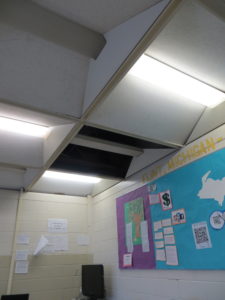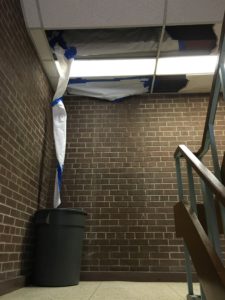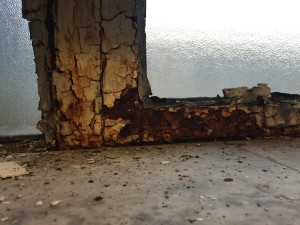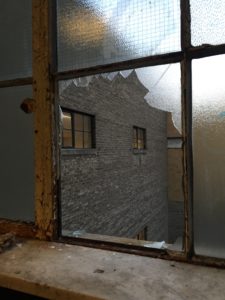On April 26, 2016, ETFO issued this press release:
Aging school buildings prompt the Elementary Teachers Federatino of Ontario (ETFO) to join call for national ban on asbestos
With asbestos in aging school buildings a leading health concern, the Elementary Teachers’ Federation of Ontario (ETFO) has added its voice to the call for a national ban on asbestos.
The call by the Canadian Labour Congress (CLC) for a ban on asbestos coincides with the April 28th National Day of Mourning, which commemorates workers who lost their lives or became sick or injured due to their work. Asbestos is the number one cause of occupational death in Canada, with more than 2,000 people dying every year from diseases caused by exposure to asbestos including mesothelioma, lung cancer and asbestosis. Deaths from mesothelioma increased 60 per cent between 2000 and 2012 according to the CLC.
“We are concerned for our members, students and school communities as asbestos-containing materials such as ceiling tiles and pipe insulation can be present in aging school buildings within view and within reach,” said ETFO President Sam Hammond. “The intense activity in classrooms, hallways and gymnasiums can contribute to asbestos disturbance and put the school at risk.”
In 2014, the ETFO MOU Task Force on Health and Safety Report and Recommendations included a recommendation that the Ministry of Labour and Ministry of Education work with stakeholders to develop a provincial asbestos guidance document for school boards to manage and mitigate the risks of airborne asbestos exposure in schools. The Task Force report was developed by ETFO and the Ontario Public Supervisory Officers’ Association (OPSOA), with technical support from the Ministries of Education and Labour.
“It also makes practical sense for Ontario to develop a mandatory requirement for a public registry of asbestos in public buildings such as schools and hospitals,” added Hammond. Saskatchewan established such a registry in 2013.
The Elementary Teachers’ Federation of Ontario represents 78,000 elementary public school teachers, occasional teachers and education professionals across the province.





